I am a tinkerer by nature. I like to try things out for myself and see how they work. It’s part stereotypical man-who-won’t-ask-for-directions. It’s also how I learn. It’s not enough for me to follow a good example, I need to test the limits and see if I can improve it. Gardening is no exception.
Last year’s garden went in so late I barely had time to plant the potatoes, let alone try new experiments. But this year I’m chomping at the bit to try some intriguing ideas.
I’ve decided to split up my vegetable garden into three trials this year: conventional, no-till, and remineralized.
Conventional Gardening
Conventional gardening is what you think of with classic gardens laid out in rows, like the kind Thomas Jefferson kept at Monticello. I’ll be using some modern methods like drip-irrigation and plastic mulch. But mine will won’t be 1,000 feet long like our 2nd President’s.
No-Till Gardening
Shortly after we moved out here I watched a fascinating documentary on no-till gardening. In it, Paul Gautschi describes how he uses wood chips to suppress weeds and rebuild soil fertility. I’ve been eager to try it ever since. A little too eager. Shortly after watching the film I bought a trailer-load of wood chips from a tree service in town and spread them over a portion of our tilled acreage so I’d have a head-start in the Spring. By the time the snow melted I had changed my mind where I wanted to put the garden and had to rake about 400 square feet of wood chips back into a pile which stood at the end of our driveway for most of the summer (to Becca’s dismay).
This year I’ve got my ducks in a row, so I’ll be trying again with the wood mulch in a dedicated section of the garden.
Remineralization
Remineralization is simply the adding of pulverized “rock dust” to your garden. It’s nothing new, but has gotten more attention lately due to the resurgent interest in organic gardening. It’s not clearly understood why yet, but even sufficiently fertilized gardens benefit greatly from the addition of cheap and plentiful rock minerals.
From an advocacy group’s website:
In this unintended “experiment” in our garden, we remineralized soil in one raised bed with finely ground granite residue from a water well drilling site. The remineralized soil produced the carrots on the left. Carrots planted earlier, in soil not yet remineralized, but otherwise more improved, are shown at the right for comparison.
So, along with the wood chips and the rows, I’ll also be cordoning off a section to try out the rock dust.
It might sound like a lot of work for some homegrown tomatoes. But it’s not work to me. It’s all play.








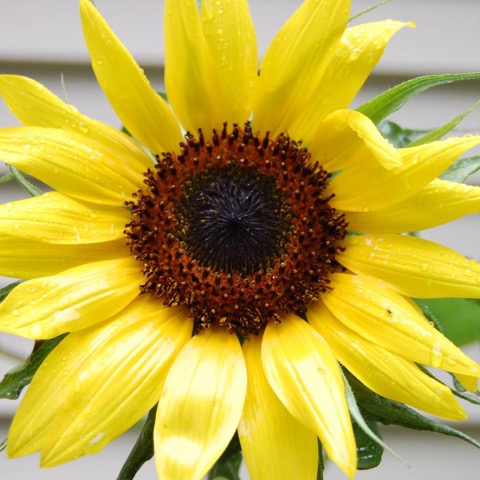

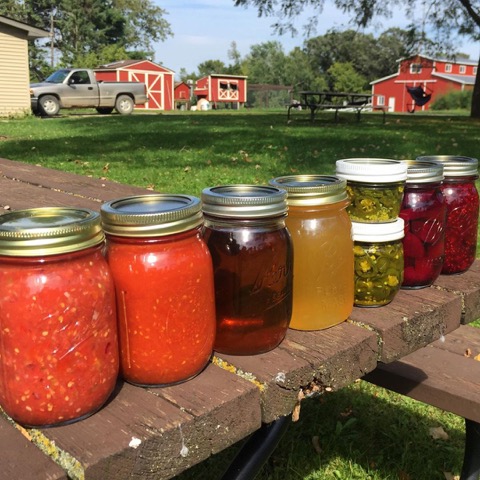
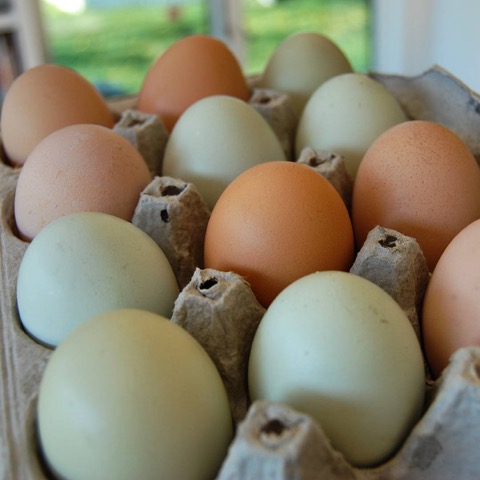

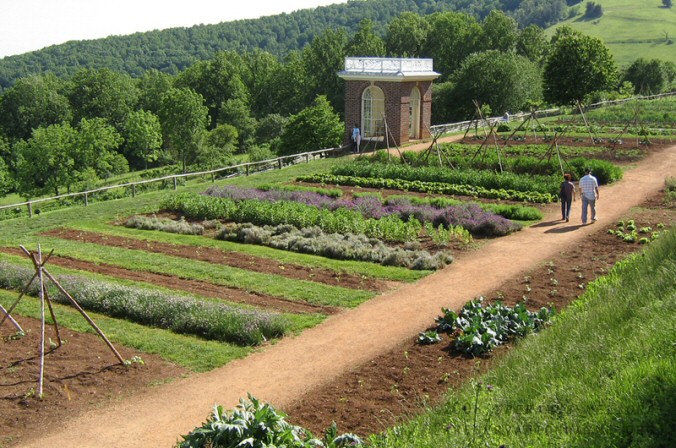
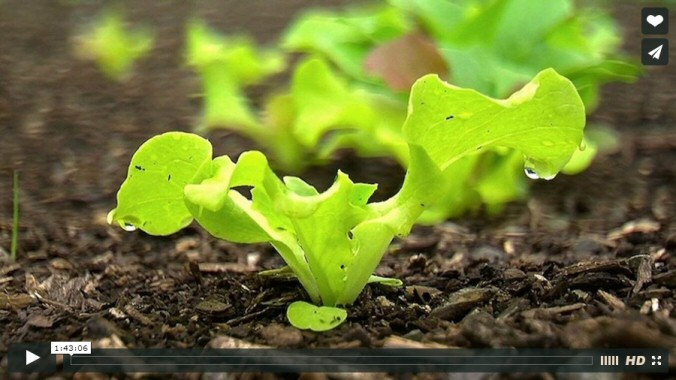
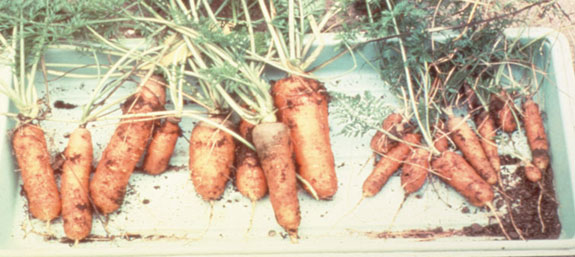

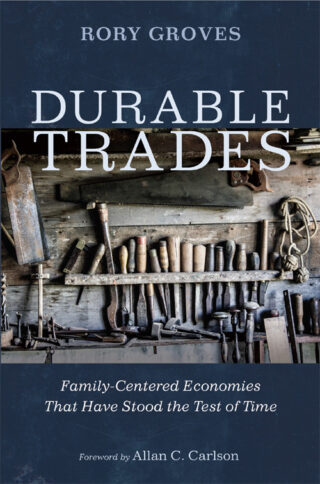
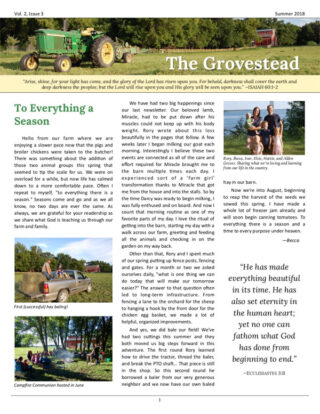

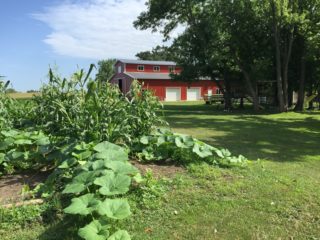

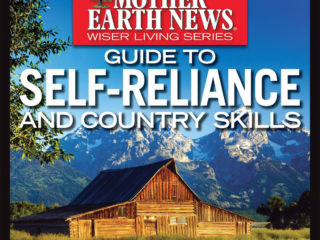
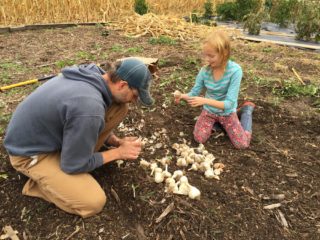
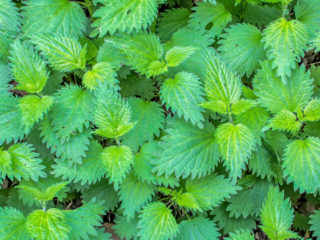
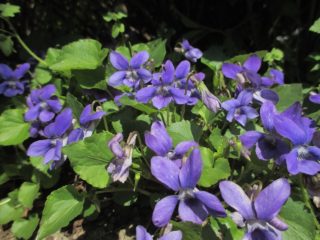

7 comments
Fantastic, Rory! I appreciate (and admire) your enthusiasm.
I’m going to try this…re-mineralize, then put down the newspaper, put down a HEAVY layer (4-6″) of composted manure (cow or horse), then a layer of wood chips (3-4″). That’s Pauls method, but I don’t recall him saying anything about any mineralzation but I’m going to add it. I’m also going to add in there somewhere whatever compost I have out of my compost bin, and all the worm castings I have.
I want to know I’ve done everything in my power to grow 100% healthy and great tasting food!
Re-mineralization was something I picked up outside of Paul’s method but didn’t get a chance to employ last year. Just ran out of time. You can read more about it here: http://www.nytimes.com/2004/06/24/garden/on-a-fad-diet-of-rock-dust-how-the-garden-does-grow.html
What do u think about using Dormant spraying and using 100% cold-pressed Neem Oil on some of the plants in the garden that needs it?
Hi Fred, I’ve never tried dormant spraying. It’s something that might be good for our apple orchard. Thanks for passing along!